Home>Garden Essentials>How Do Moss Spores Germinate
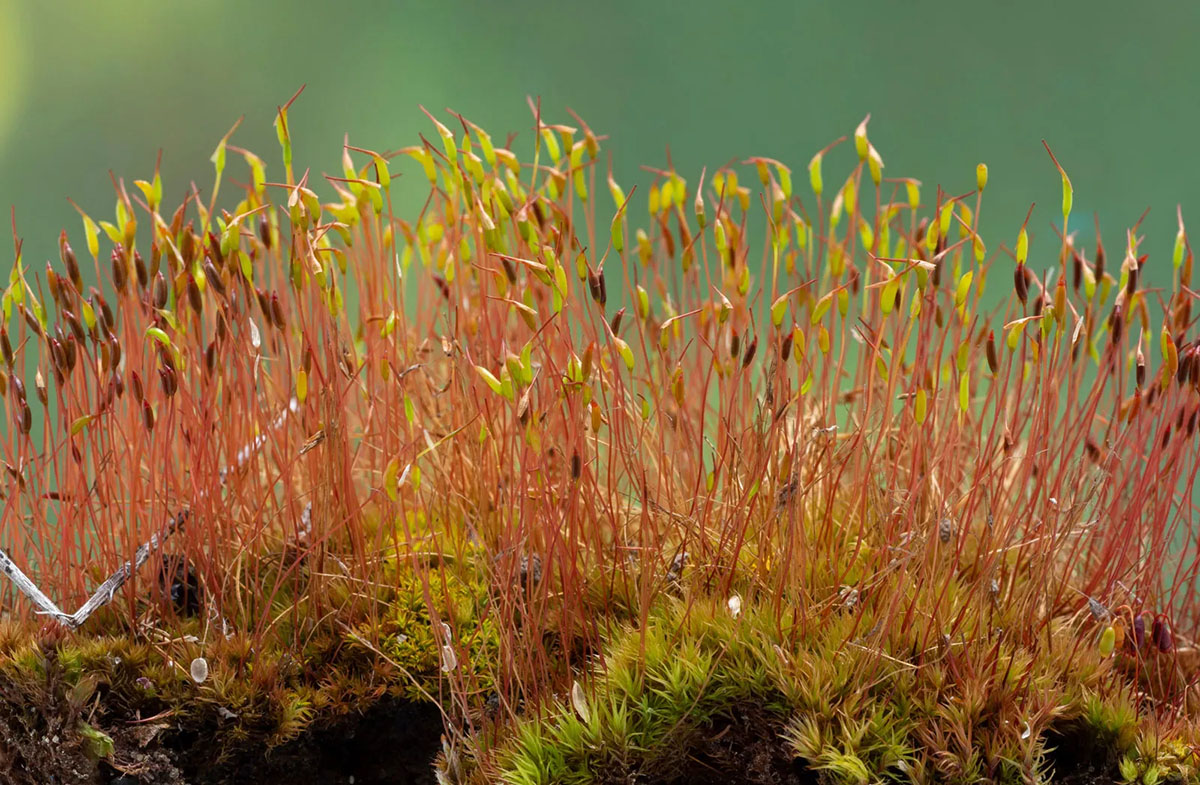

Garden Essentials
How Do Moss Spores Germinate
Modified: March 16, 2024
Learn how moss spores germinate in your garden. Discover the secrets behind successful moss propagation and create a lush, green oasis with ease.
(Many of the links in this article redirect to a specific reviewed product. Your purchase of these products through affiliate links helps to generate commission for Storables.com, at no extra cost. Learn more)
Introduction
Welcome to the fascinating world of mosses! These small, non-vascular plants have been around for millions of years and can be found in a variety of environments, from damp forests to rocky crevices. While they may seem unassuming at first glance, mosses play a vital role in ecosystem health and are incredibly resilient organisms.
One of the most intriguing aspects of mosses is their reproductive strategy, which involves the production and dispersal of spores. These spores, similar to the seeds of flowering plants, are responsible for the growth and propagation of new moss individuals. Understanding how moss spores germinate is essential for both gardeners and nature enthusiasts alike.
In this article, we will delve into the fascinating process of moss spore germination, exploring the mechanisms behind spore dispersal, the factors that influence germination, and the environmental conditions required for successful growth. We will also touch upon the role of hormones in the germination process and compare moss spore germination with that of other plant species. Lastly, we will discuss the importance of moss spore germination and its impact on ecological balance.
So, let’s embark on this journey and discover the intricate and captivating world of moss spores!
Key Takeaways:
- Moss spore germination is crucial for ecosystem health, carbon storage, and biodiversity support. Understanding its factors and conditions can help create suitable habitats for moss growth and contribute to environmental sustainability.
- Hormones play a vital role in moss spore germination, orchestrating the complex cellular and physiological changes necessary for successful growth and development. Further research can deepen our understanding of plant reproduction and conservation efforts.
Read more: How Long Do Spores Take To Germinate On Agar
What are moss spores?
Moss spores are reproductive structures produced by moss plants as a means of reproduction. These tiny, single-celled structures serve a similar purpose to the seeds of flowering plants – they contain the genetic information necessary for the development of a new moss individual.
Unlike seeds, moss spores are not enclosed within a protective seed coat. They are typically very small, ranging in size from just a few micrometers to a few millimeters. These spores are dispersed into the environment and, under suitable conditions, can germinate and give rise to new moss plants.
Mosses are part of a group of plants known as bryophytes, which also includes liverworts and hornworts. Bryophytes are ecologically important as they provide habitats for other organisms, contribute to soil formation, and play a role in nutrient cycling. They are also sensitive to environmental changes, making them bioindicators for ecosystem health.
Moss spores are typically produced within a structure called the sporangium, which is located at the tip of a specialized stalk called the sporophyte. The sporophyte is the diploid phase of the moss lifecycle, while the gametophyte, which develops from the germinating spore, is the haploid phase. The sporangium protects the spores until they are mature and ready for dispersal.
When the spores are ripe, they are released from the sporangium into the surrounding environment. The dispersal mechanisms of moss spores vary among different moss species. Some mosses rely on the wind to carry their spores to new locations, while others have adapted methods such as water or animal dispersal.
Once dispersed, moss spores can remain dormant for long periods until they encounter the right conditions for germination. These conditions include moisture, temperature, and suitable substrate for attachment and growth. When the spores find a conducive environment, the germination process begins, marking the start of a new moss life cycle.
Spore dispersal mechanisms
Mosses have evolved various mechanisms to disperse their spores and increase their chances of finding suitable environments for germination. These dispersal mechanisms play a crucial role in the survival and distribution of moss populations.
One common method of spore dispersal in mosses is wind dispersal. Mosses that rely on wind dispersal produce numerous lightweight spores that are easily carried by air currents. These spores are often equipped with special structures called elaters, which aid in their dispersal by enhancing buoyancy and wind dispersal efficiency. The elaters expand and contract in response to changes in humidity, helping to disperse the spores over greater distances.
Water dispersal is another important mechanism for moss spores. Some species of mosses grow near water bodies such as streams, rivers, or ponds. When raindrops or water splashes hit mature sporangia, the spores are ejected and carried away by the flowing water. Water dispersal can help mosses colonize new habitats and expand their range.
In addition to wind and water, some moss species have unique adaptations for spore dispersal through specialized structures and mechanisms. For example, certain mosses have capsules that are covered by a protective structure, such as a cap or a lid. When environmental conditions are favorable, this protective structure is shed, allowing the spores to be released into the immediate surrounding area.
Animal-assisted dispersal is another interesting method used by some mosses. These mosses produce spores with sticky or barbed surfaces that easily adhere to the fur, feathers, or exoskeleton of animals. As the animals move about, the spores are inadvertently carried to new locations, allowing the mosses to colonize different areas.
It is worth noting that the effectiveness of these dispersal mechanisms varies depending on the specific moss species and the habitat in which they grow. Some mosses rely on a combination of dispersal methods, while others primarily rely on a single mechanism.
The ability of moss spores to disperse and reach suitable habitats is essential for the survival of moss populations. Without efficient dispersal mechanisms, mosses would have limited opportunities for colonization and reproduction, potentially leading to a decrease in their overall diversity and abundance.
Understanding spore dispersal mechanisms is not only fascinating from a scientific perspective but also offers valuable insights for gardeners and conservationists who seek to create suitable habitats and promote the growth and establishment of mosses in specific environments.
Factors influencing moss spore germination
Moss spore germination is a complex process influenced by various factors that determine the success and timing of spore growth and development. Understanding these factors is crucial for creating optimal conditions for moss establishment and growth.
1. Moisture: Adequate moisture is essential for moss spore germination. Moisture triggers the activation of enzymes and metabolic processes necessary for spore germination. It also helps in the absorption of nutrients and provides the hydration required for cell division and growth. Moss spores are designed to germinate in moist environments, such as after rain or near water bodies.
2. Temperature: Moss spore germination is influenced by temperature, with specific temperature ranges favoring optimal growth. Different moss species have different temperature preferences, but generally, temperatures between 15°C and 25°C are ideal for most mosses. Extreme temperatures can inhibit or delay germination, while temperatures outside the preferred range can impact the growth and development of the gametophyte.
3. Light: Light availability plays a significant role in moss spore germination. Moss spores require light for photosynthesis, which is essential for energy production and the development of the gametophyte. However, excessive light intensity can be detrimental to the germination process. Mosses have adaptations to regulate light exposure, such as growing in areas with indirect light or inhabiting shady microhabitats.
4. Substrate suitability: The type and quality of the substrate on which moss spores land also influence germination. Mosses can grow on various substrates, including soil, rocks, tree bark, and decaying organic matter. The substrate should provide necessary nutrients, moisture retention, and stability for the germinating spore to attach and grow properly.
5. Competition and colonization: Moss spore germination can be influenced by the presence of other plants, including other mosses or vascular plants. Intense competition for resources, such as light and nutrients, can inhibit the germination and growth of moss spores. Additionally, colonization of specific habitats by other plant species can limit available space for mosses to establish and grow.
6. pH and nutrient availability: Soil pH and nutrient levels can impact moss spore germination. Different moss species have varying tolerances to soil acidity or alkalinity. Nutrient availability, particularly nitrogen and phosphorus, is crucial for spore germination and subsequent growth. Soils with adequate nutrient levels and a pH within the preferred range for the moss species will support optimal germination and development.
It is important to note that these factors interact with each other, and the specific requirements may vary between different moss species. Understanding the ecological preferences and needs of the targeted moss species is key to promoting successful germination and establishing moss populations in gardens or restoration projects.
By considering these factors and creating suitable conditions, gardeners, horticulturists, and conservationists can enhance the chances of successful moss spore germination and contribute to the preservation of these unique and beneficial plants.
Germination process of moss spores
The germination of moss spores is a fascinating and intricate process that gives rise to new moss plants. Understanding the stages of spore germination can provide insights into the life cycle of mosses and the factors that influence their growth and development.
1. Activation: The germination process begins when a mature moss spore encounters suitable environmental conditions, such as moisture and appropriate temperature. This triggers the activation of the spore, initiating the germination process.
2. Absorption of water: Moisture is essential for moss spore germination, as it enables the spore to absorb water and activate cellular processes. As the spore absorbs water, it swells, and the outer layer of the spore wall begins to rupture.
3. Protonemal growth: After water absorption, the spore undergoes cell division, leading to the formation of a filamentous structure called a protonema. The protonema serves as the primary stage for moss growth and development. It consists of a network of thread-like filaments that anchor the moss to the substrate and absorb nutrients from the environment.
4. Bud formation: From the protonema, small buds called gemmae or budlets begin to develop. These budlets contain the potential to grow into a mature moss gametophyte. Bud formation can occur on the protonema or specialized structures such as gemma cups or gemmae discs.
5. Gametophyte development: As the budlets grow, they differentiate into leafy structures known as gametophytes. Gametophytes are the mature, visible stage of the moss plant and are responsible for producing reproductive structures. They have a characteristic leafy appearance, with a variety of shapes and sizes depending on the moss species.
6. Rhizoid formation: Alongside gametophyte development, rhizoids, specialized root-like structures, begin to form. Rhizoids anchor the gametophyte to the substrate and absorb water and nutrients from the surrounding environment.
7. Sexual reproduction: Mosses are capable of both sexual and asexual reproduction. Sexual reproduction occurs when the gametophyte develops specialized structures called archegonia (female reproductive organs) and antheridia (male reproductive organs). The archegonia produce egg cells, while the antheridia produce sperm cells. When water is present, sperm cells are released and swim to the archegonia, where fertilization occurs.
8. Sporophyte development: Fertilization results in the formation of a diploid structure called the sporophyte. The sporophyte grows from the fertilized egg within the archegonium and is attached to the gametophyte. It consists of a stalk-like structure called a seta, which bears a capsule at its tip. The capsule houses the spores and protects them until they are mature and ready for dispersal.
9. Spore dispersal: When the spores inside the capsule are ripe, the capsule dehisces or opens, releasing the spores into the environment. The spores are then dispersed by various mechanisms, such as wind, water, or animal-assisted dispersal, to colonize new habitats.
The germination process of moss spores is a remarkable journey from a single, dormant structure to a complete moss plant. Each step in the process is influenced by specific environmental conditions and triggers, ensuring the proper growth and development of the moss individual.
By understanding the germination process and the factors that influence it, we can better appreciate the resilience and adaptability of moss plants and work towards creating favorable conditions for their growth, both in natural ecosystems and in various gardening and landscaping projects.
Moss spores germinate best in moist and shady environments. To encourage germination, keep the soil consistently damp and provide indirect sunlight.
Environmental conditions required for moss spore germination
Moss spore germination is dependent on specific environmental conditions that provide the necessary resources for successful growth and development. These conditions play a crucial role in determining the viability and timing of moss spore germination. Understanding and creating suitable environmental conditions can support the establishment and growth of moss populations.
1. Moisture: Adequate moisture is essential for moss spore germination. The presence of water is crucial to activate the spores and initiate cellular processes necessary for growth. Moss spores are adapted to germinate in moist environments, such as after rain or near water bodies. Moisture enables the spores to absorb water and initiate metabolic activities, leading to the development of protonemal filaments and subsequent growth.
2. Temperature: Temperature influences the rate and timing of moss spore germination. Different moss species have specific temperature preferences for optimal growth. Generally, a temperature range between 15°C and 25°C is favorable for most mosses, although this can vary depending on the species. Extreme temperatures, whether excessively high or low, can inhibit or delay germination. Maintaining a suitable temperature range promotes the efficient utilization of energy and resources during germination and subsequent growth.
3. Light: Light availability is a critical factor influencing moss spore germination. Moss spores require light for photosynthesis, which provides energy for growth and development. However, excessive light intensity can be detrimental to the germination process. Mosses have adaptations to regulate light exposure, such as growing in areas with indirect light or occupying shady microhabitats. Striking the right balance between light availability and shading is essential to ensure successful germination and promote optimal growth of moss spores.
4. pH and nutrient availability: Soil pH and nutrient levels have significant effects on moss spore germination. Different moss species have different tolerances to soil acidity or alkalinity. The availability of essential nutrients, particularly nitrogen and phosphorus, is crucial for spore germination and subsequent growth. Soils with adequate nutrient levels, balanced pH, and appropriate cation exchange capacity (CEC) support optimal germination and development. Factors such as soil compaction and pollution can also impact moss spore germination and growth by altering nutrient availability and pH levels.
5. Substrate suitability: The type and condition of the substrate on which moss spores land influence germination success. Mosses can grow on various substrates, including soil, rocks, tree bark, and decaying organic matter. The substrate should provide adequate stability, moisture retention, and nutrient availability for the germinating spore to attach and grow properly. Assessing the suitability of the substrate and ensuring it aligns with the preferences of the moss species can enhance the chances of successful spore germination and subsequent establishment.
6. Competition and colonization: Competition with other plants, including other mosses or vascular plants, can impact moss spore germination. Intense competition for resources such as light, nutrients, and space can inhibit spore germination and growth. The colonization of specific habitats by other plant species may also limit the available space for mosses to establish and grow. Considering the competitive dynamics and managing vegetation in the surrounding area can create conditions conducive to moss spore germination and minimize competition.
By understanding and optimizing these environmental conditions, gardeners, horticulturists, and restoration ecologists can foster the germination and establishment of moss populations. Manipulating factors such as moisture, temperature, light, substrate properties, and nutrient availability can create a favorable environment for moss spore germination, supporting the growth and persistence of these unique and environmentally beneficial plants.
Role of hormones in moss spore germination
Hormones play a crucial role in the germination process of moss spores by regulating and coordinating various physiological and developmental changes. These chemical messengers control the growth, differentiation, and responses of cells, facilitating the transition from a dormant spore to an actively growing gametophyte.
1. Gibberellins: Gibberellins are a class of plant hormones that have been found to be involved in promoting moss spore germination. They stimulate cell elongation and division, facilitating the emergence of protonemal filaments from germinating spores. Gibberellins influence the activation of specific genes and metabolic processes necessary for growth, enabling the transition from a dormant spore to an actively growing structure.
2. Abscisic acid: Abscisic acid (ABA) is another plant hormone that plays a role in moss spore germination. ABA acts as a growth inhibitor and can maintain spores in a dormant state under unfavorable conditions such as drought or extreme temperatures. When conditions become favorable for germination, ABA levels decrease, allowing other hormones, such as gibberellins, to take effect and promote spore germination.
3. Cytokinins: Cytokinins are hormones that regulate various aspects of plant growth and development, including cell division and differentiation. In moss spore germination, cytokinins are believed to promote cell division, leading to the formation of protonemal filaments and subsequent growth. They also play a role in the differentiation of budlets into gametophytes, facilitating the development of leafy structures from the initial germinating spores.
4. auxins: Auxins are a class of plant hormones involved in various physiological processes, including cell elongation and differentiation. Although their role in moss spore germination is not well understood, it is believed that auxins may play a part in controlling the directional growth of protonemal filaments, guiding their development towards suitable habitats and resources.
It is important to note that the specific role and interactions of hormones in moss spore germination may vary among different moss species. Additionally, the timing and concentrations of hormones within the spore and surrounding environment are critical for proper germination and subsequent growth. Further research is needed to fully understand the intricate signaling pathways and hormonal interactions involved in moss spore germination.
Overall, hormones act as molecular regulators in moss spore germination, orchestrating the complex cellular and physiological changes necessary for successful growth and development. Understanding the role of hormones in moss spore germination can provide valuable insights into the mechanisms that govern plant reproductive processes and contribute to the conservation and cultivation of moss populations.
Comparison of moss spore germination with other plant species
Moss spore germination differs in several aspects from the germination processes of other plant species, such as flowering plants and ferns. These differences reflect the unique reproductive strategies and adaptations developed by mosses to thrive in a wide range of environments.
1. Spore production: Unlike flowering plants that produce seeds, mosses rely on spores for reproduction. Moss spores are single-celled structures that contain the genetic information necessary for the development of a new moss gametophyte. In contrast, seeds of flowering plants typically consist of multiple tissues, including an embryo and a protective seed coat. The smaller size and simpler structure of moss spores allow for efficient dispersal and colonization of various habitats.
2. Germination requirements: Moss spore germination often requires specific environmental conditions to initiate growth. Moisture is a critical factor for moss spore germination, as it triggers the activation of cellular processes. In contrast, some seeds of flowering plants can remain dormant until specific environmental cues, such as temperature or light, are met. The germination requirements of moss spores are generally simpler compared to the complex combination of factors that affect seed germination in flowering plants.
3. Gametophyte dominance: Mosses exhibit a unique life cycle with a dominant gametophyte generation. The gametophyte is the mature stage of the moss plant, responsible for vegetative growth and reproduction. In contrast, flowering plants have a dominant sporophyte generation – the adult plant that develops from the fertilized seed. The gametophyte stage of mosses is more structurally complex and visibly prominent compared to the gametophytes of most flowering plant species.
4. Reproductive structures: Mosses have specialized reproductive structures, such as archegonia and antheridia, that produce the eggs and sperm required for sexual reproduction. These structures develop on the gametophyte stage, allowing for fertilization and subsequent sporophyte development. In contrast, flowering plants have distinct flowers that house the reproductive organs necessary for sexual reproduction. The architecture and complexity of these reproductive structures differ greatly between mosses and flowering plants.
5. Dispersal mechanisms: Mosses have evolved various mechanisms for spore dispersal, including wind dispersal, water dispersal, and animal-assisted dispersal. This allows them to colonize new habitats and expand their range. In contrast, flowering plants primarily rely on seed dispersal, which can be achieved through wind, water, animals, or mechanical means. The dispersal strategies of moss spores are often more direct and rely on simpler mechanisms compared to the complex adaptations seen in dispersal mechanisms of flowering plants.
While moss spore germination differs from the germination processes of other plant species, each has evolved unique strategies to ensure successful reproduction and adapt to their respective environments. Understanding the similarities and differences in germination processes among plant groups provides valuable insights into the diversity of reproductive strategies in the plant kingdom.
By studying and comparing the germination processes of mosses with those of other plant groups, we gain a deeper appreciation for the complexity and adaptability of plant reproductive strategies. This knowledge is invaluable for conservation efforts, gardening, and landscaping projects, helping to create suitable conditions for the establishment and growth of various plant species.
Importance of moss spore germination
Moss spore germination plays a vital role in ecosystem health, soil formation, and biodiversity. Despite their small size and inconspicuous nature, mosses and their spore germination process are of significant importance for both natural environments and human activities.
1. Ecosystem health: Mosses are pioneers in ecosystems, often one of the first plants to colonize barren habitats. Moss spore germination enables them to establish and grow in diverse environments, including forests, wetlands, and rocky surfaces. As mosses grow, they create microhabitats that support the growth of other plants, trap and retain moisture, and enhance nutrient cycling. They also contribute to soil formation and stabilization, preventing erosion and supporting the development of healthy ecosystems.
2. Carbon storage: Mosses play a crucial role in carbon storage. As they grow, mosses absorb carbon dioxide from the atmosphere through photosynthesis and retain it within their tissues. Peat mosses, in particular, are known for their ability to capture and store large amounts of carbon in their dense, water-saturated environments. By promoting moss spore germination and the growth of moss populations, we can enhance carbon sequestration and mitigate the impacts of climate change.
3. Water regulation: Mosses are excellent water regulators, both in terrestrial and aquatic ecosystems. Through their ability to retain water, mosses act as natural sponges, absorbing excess rainfall and releasing it slowly into downstream ecosystems. This helps to regulate water flow, reduce flooding, and maintain stable water levels in rivers and streams. Moss-covered habitats also provide crucial water sources for various organisms, including insects, amphibians, and birds.
4. Biodiversity support: Mosses provide habitat and resources for a diverse array of species. The complex structures of mosses provide shelter, food, and breeding grounds for microorganisms, invertebrates, and small vertebrates. Some moss species interact with specific fungi, forming a symbiotic relationship essential for nutrient uptake. By promoting moss spore germination and creating suitable habitats, we can contribute to the preservation of biodiversity and the interconnectedness of ecosystems.
5. Aesthetics and gardening: Mosses are appreciated for their aesthetic appeal and their ability to enhance gardens and landscapes. Moss-covered surfaces, such as rocks, walls, and tree trunks, add beauty and a sense of tranquillity to outdoor spaces. Additionally, mosses can be cultivated and used in various gardening projects, including green roofs, moss gardens, and terrariums. Promoting moss spore germination allows us to incorporate these unique plants into our surroundings, adding visual interest and ecological value to our gardens.
6. Education and research: Mosses and their spore germination process offer valuable opportunities for scientific research and educational purposes. Studying mosses provides insights into plant evolution, reproductive strategies, and ecological interactions. The germination process of moss spores serves as a model for understanding fundamental biological processes and can inspire curiosity and awareness about the natural world among students and researchers.
In summary, moss spore germination is instrumental in maintaining ecosystem balance, supporting carbon sequestration, regulating water flow, preserving biodiversity, enhancing aesthetics, and facilitating scientific understanding. By recognizing the importance of mosses and promoting their spore germination, we can contribute to the health and sustainability of our environment and cultivate a deeper connection with the natural world.
Read more: What Process Do Spores Undergo To Germinate
Conclusion
Exploring the world of moss spore germination reveals a fascinating process that is vital for the growth, diversity, and stability of moss populations and ecosystems. Mosses, with their unique reproductive strategies, have evolved to thrive in a wide range of environments, and their spore germination process is a key component of their life cycle.
Understanding the factors that influence moss spore germination, such as moisture, temperature, light, substrate suitability, and competition, empowers us to create suitable conditions for the establishment and growth of moss populations. By considering these factors, we can contribute to the preservation of biodiversity, enhance carbon sequestration, regulate water flow, and promote ecosystem health.
The role of hormones in moss spore germination sheds light on the intricate signaling and coordination required for successful growth and development. Further research into hormonal interactions and their impact on germination can deepen our understanding of plant reproduction and provide valuable insights for ecological restoration and conservation efforts.
Comparing moss spore germination with other plant species reminds us of the incredible diversity of reproductive strategies in the plant kingdom. Each plant group has evolved unique mechanisms and adaptations to ensure successful reproduction and adaptation to varying environments. Studying these differences enriches our knowledge of the intricacies of plant life cycles and their ecological significance.
The importance of moss spore germination extends beyond ecological roles. Mosses contribute to carbon storage, serve as water regulators, provide habitats for diverse species, and add aesthetic value to our surroundings. They also offer opportunities for education, research, and creative gardening projects, fostering a deeper appreciation for the natural world and the wonders of plant life.
In conclusion, moss spore germination is a captivating process that plays a vital role in ecosystem health, carbon sequestration, water regulation, biodiversity support, and human aesthetics and understanding. By valuing and promoting moss spore germination, we can contribute to the resilience and sustainability of our natural environments, while fostering a deeper connection with the wonders of the plant world.
Frequently Asked Questions about How Do Moss Spores Germinate
Was this page helpful?
At Storables.com, we guarantee accurate and reliable information. Our content, validated by Expert Board Contributors, is crafted following stringent Editorial Policies. We're committed to providing you with well-researched, expert-backed insights for all your informational needs.
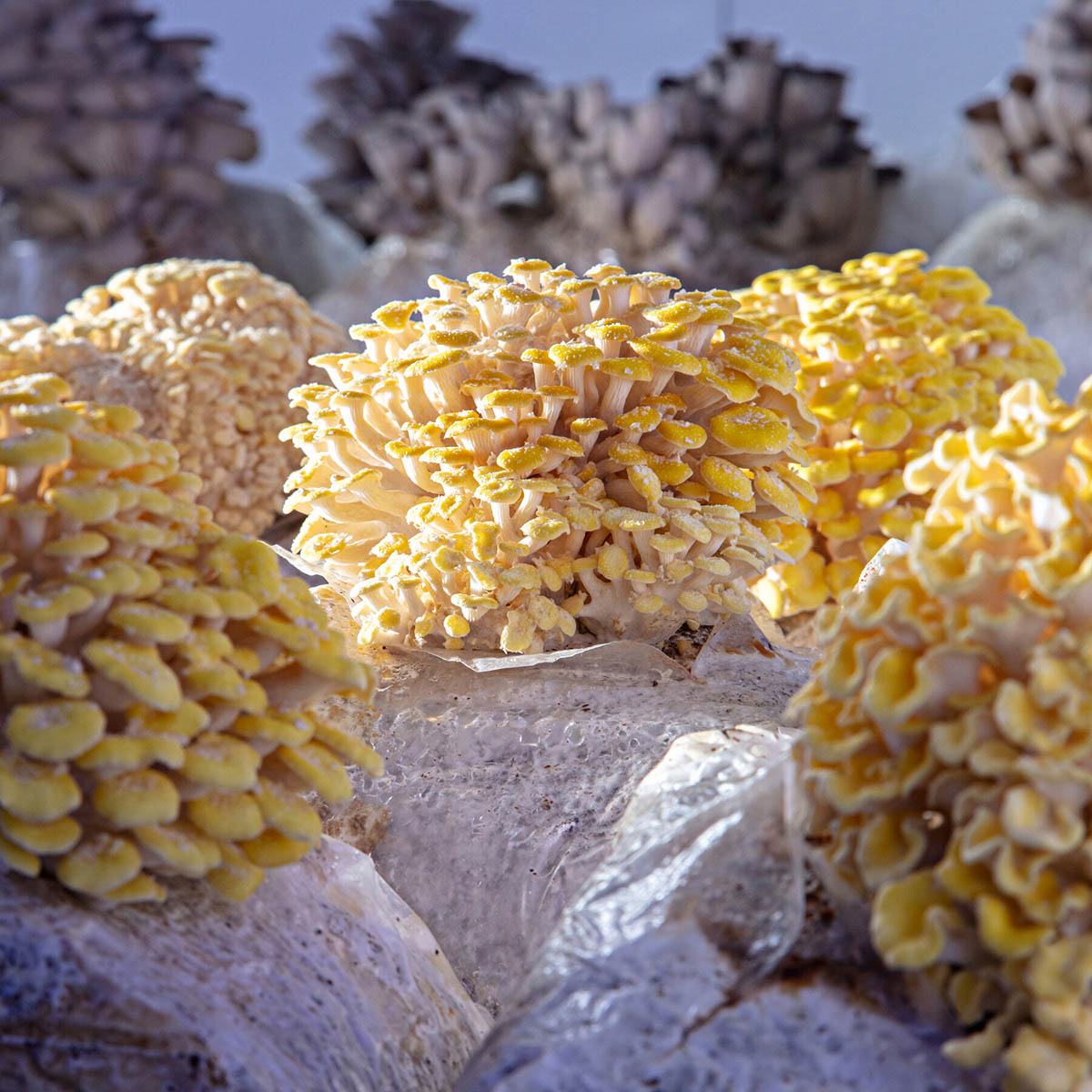
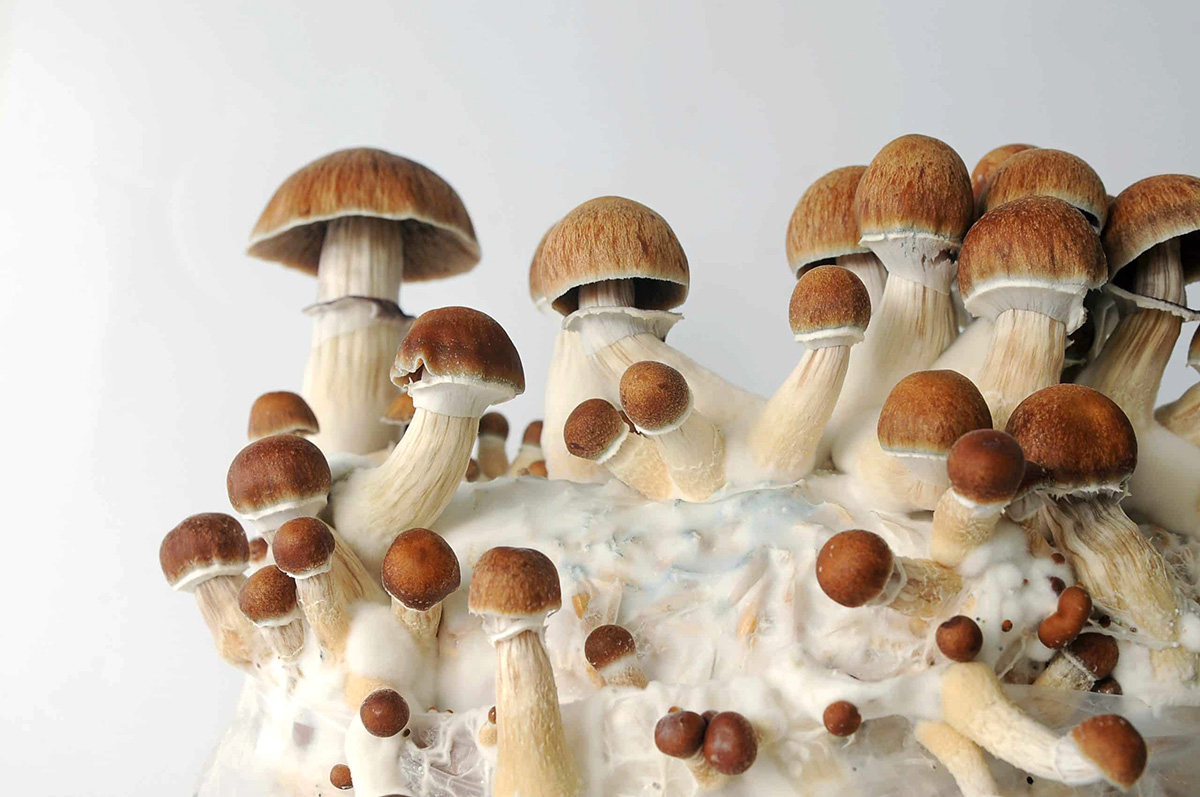

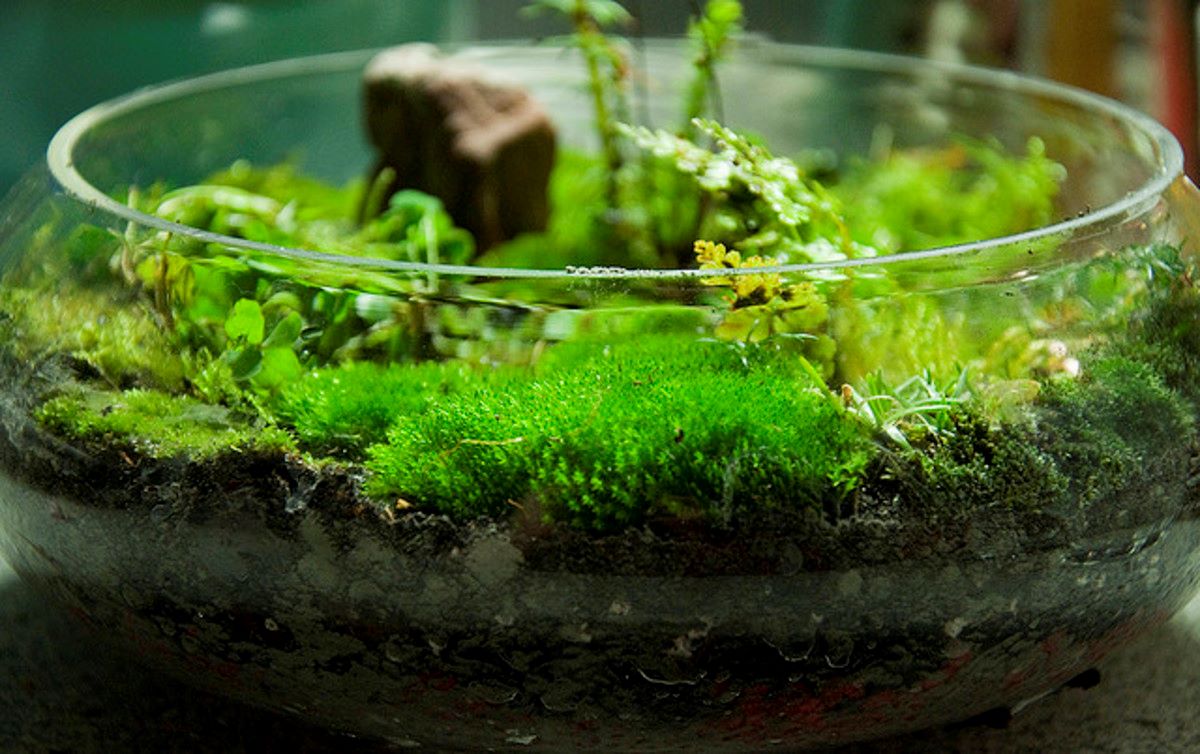
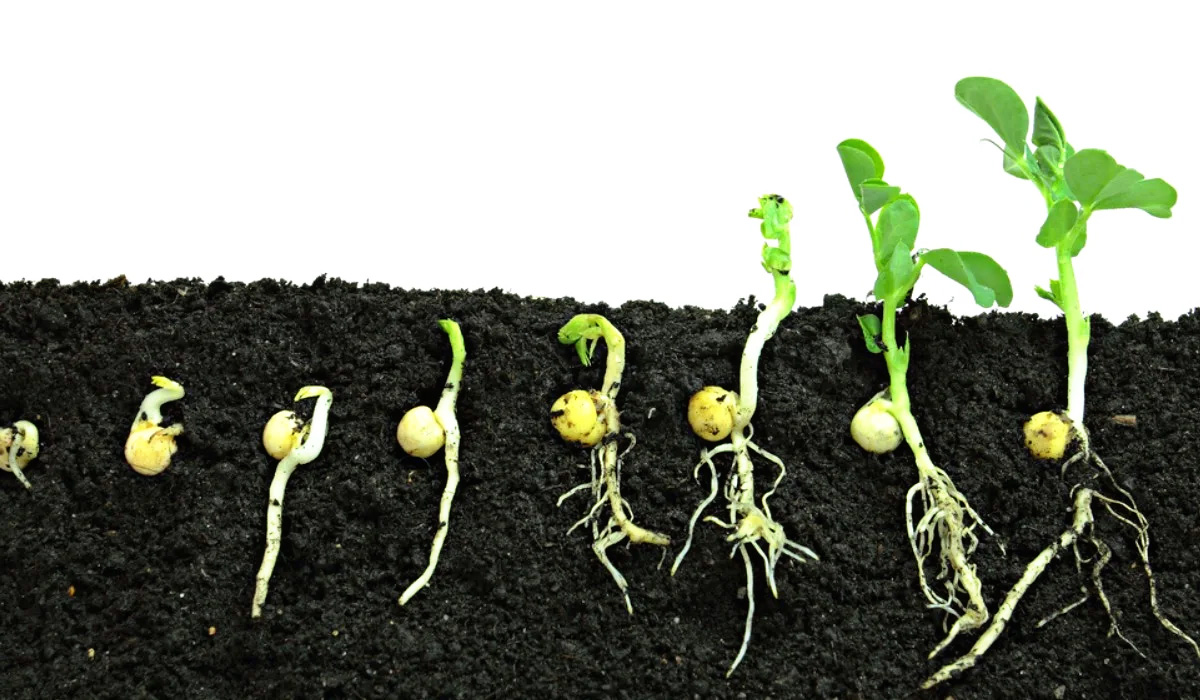
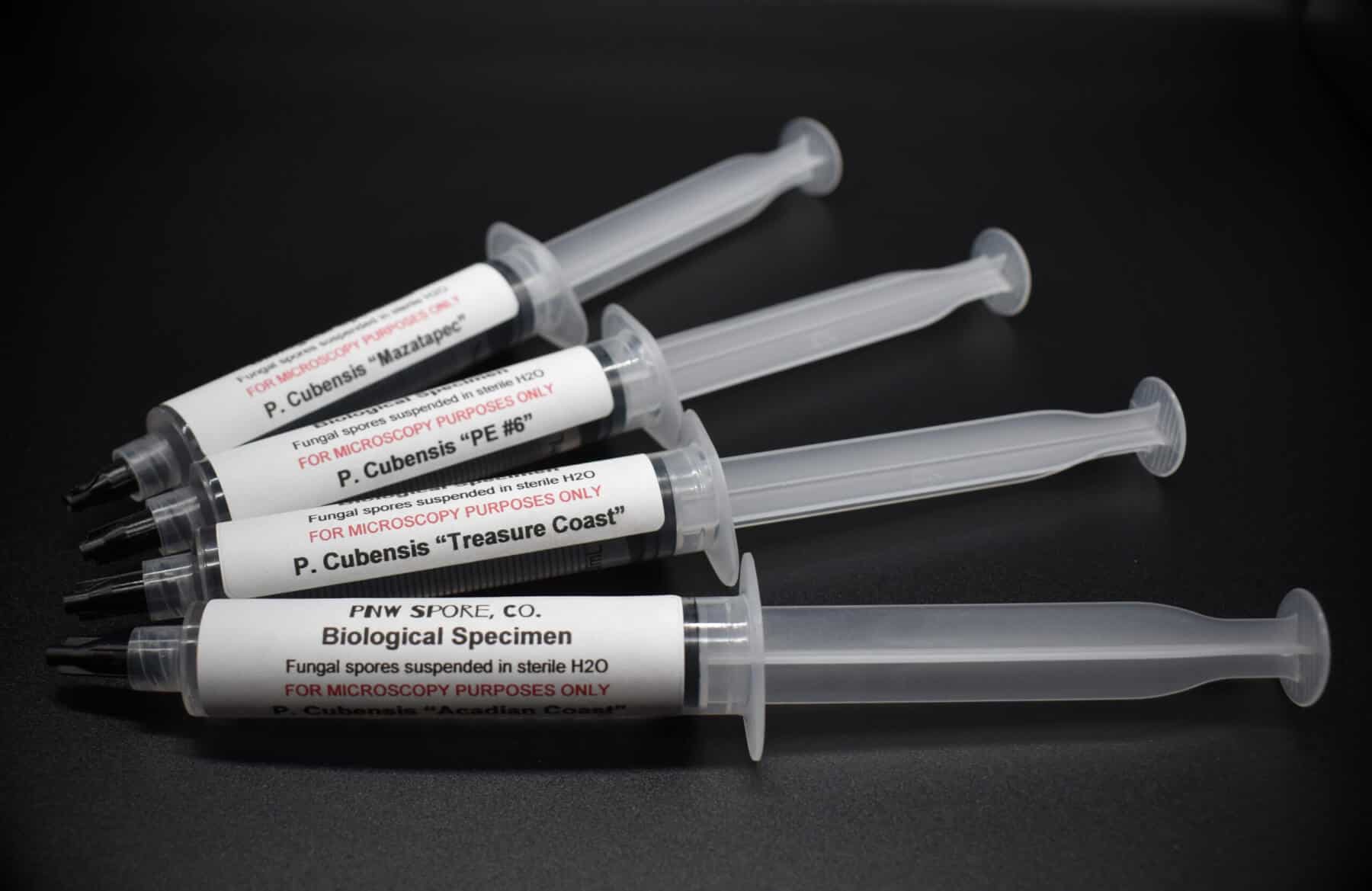
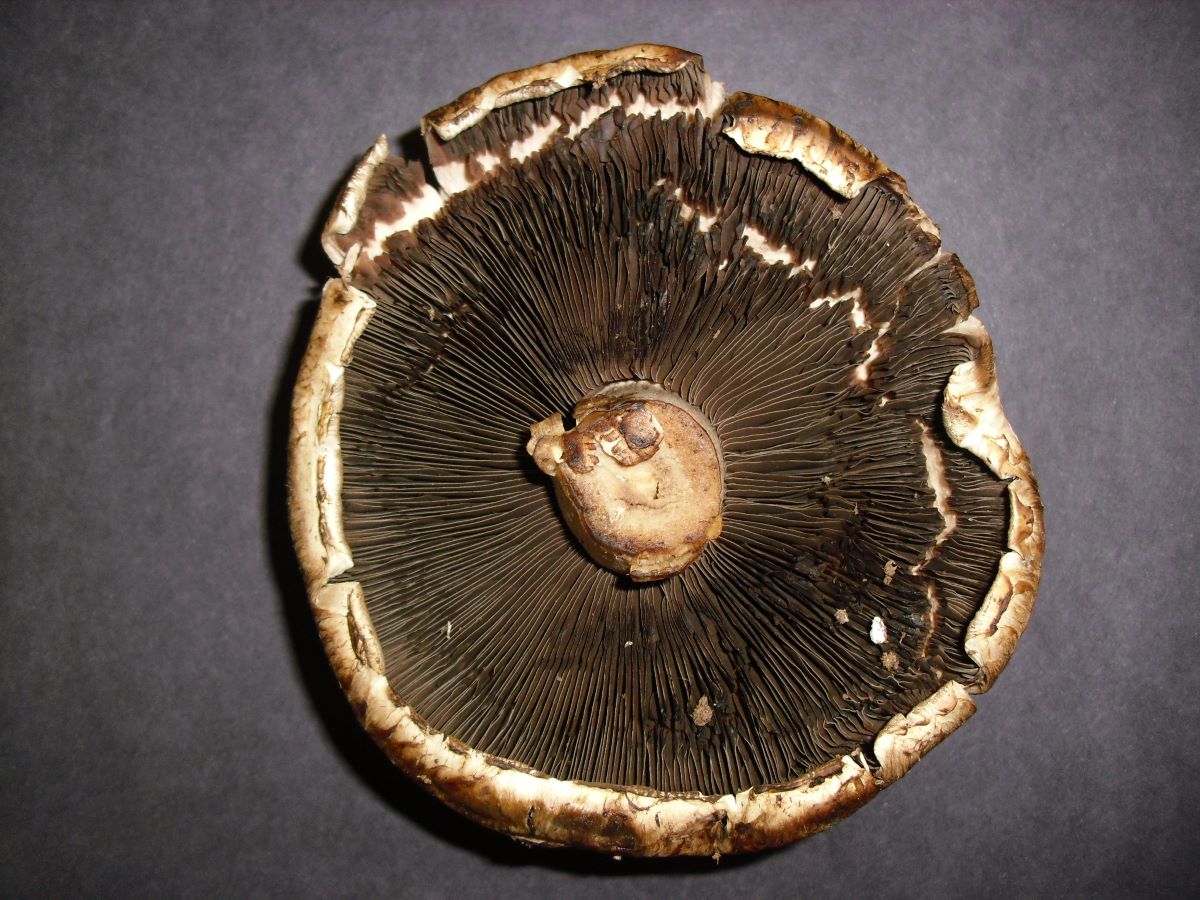
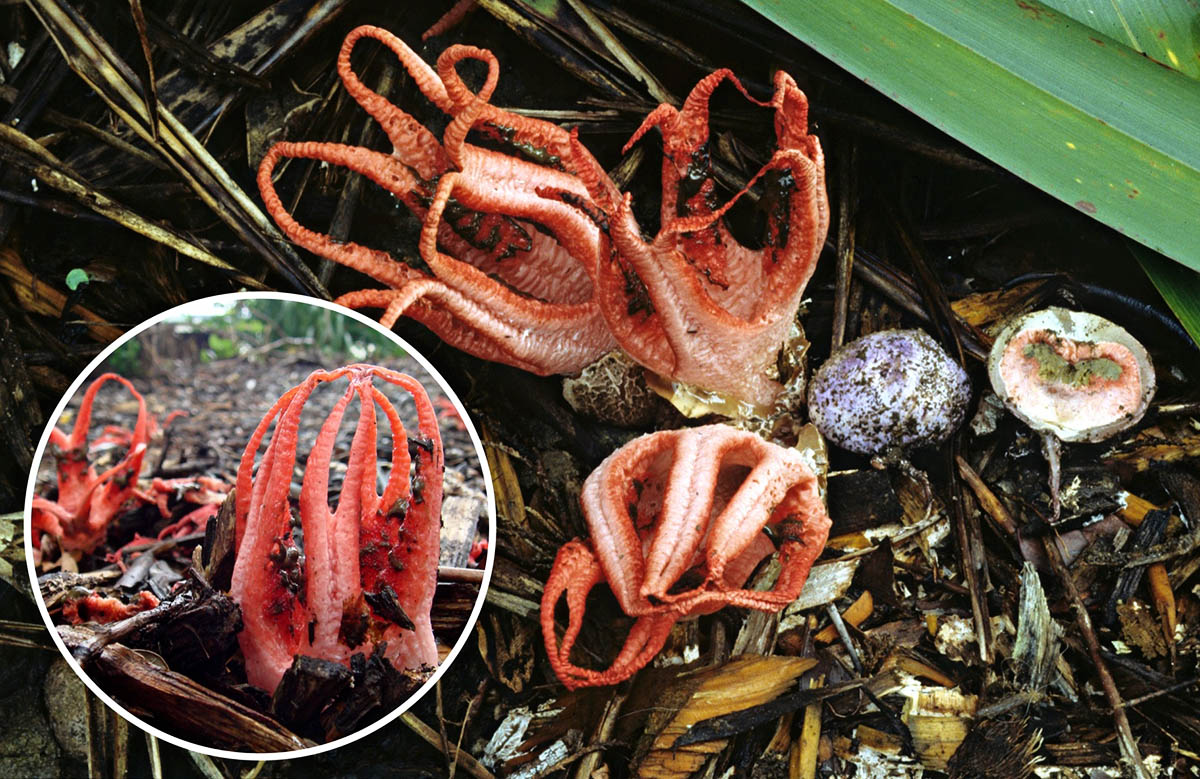
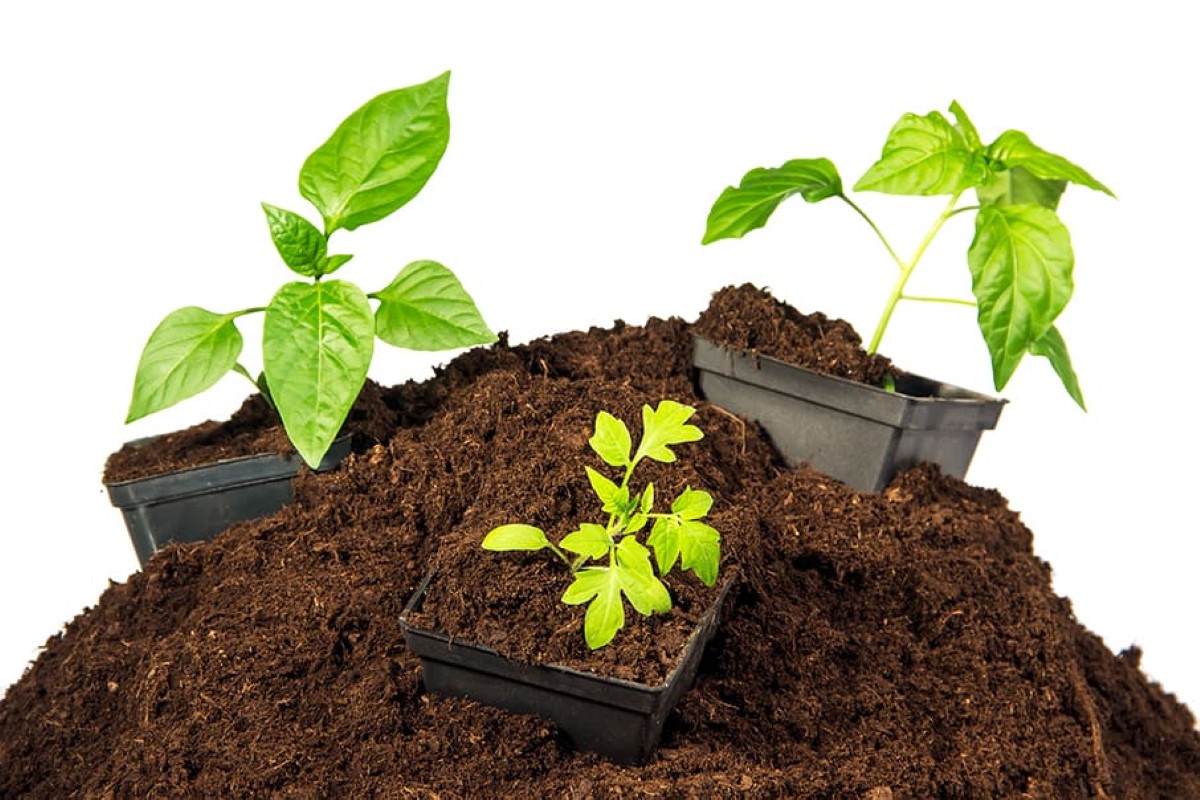
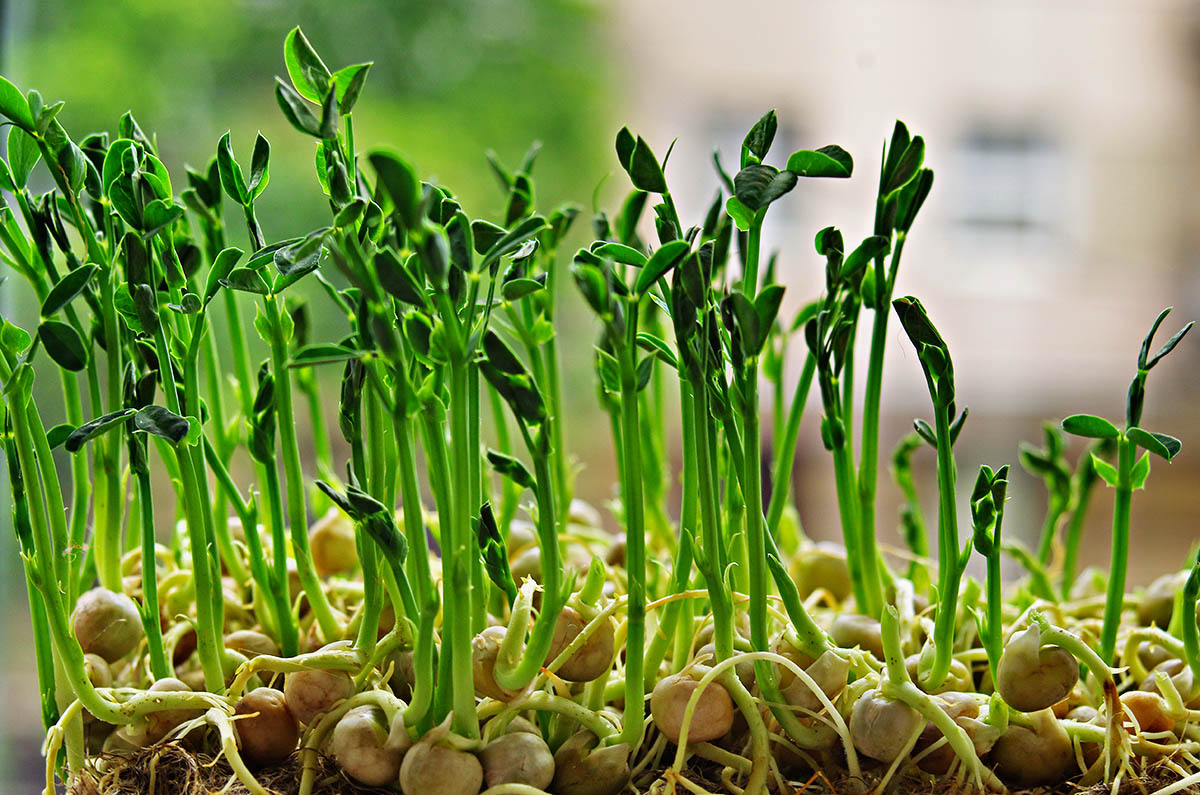


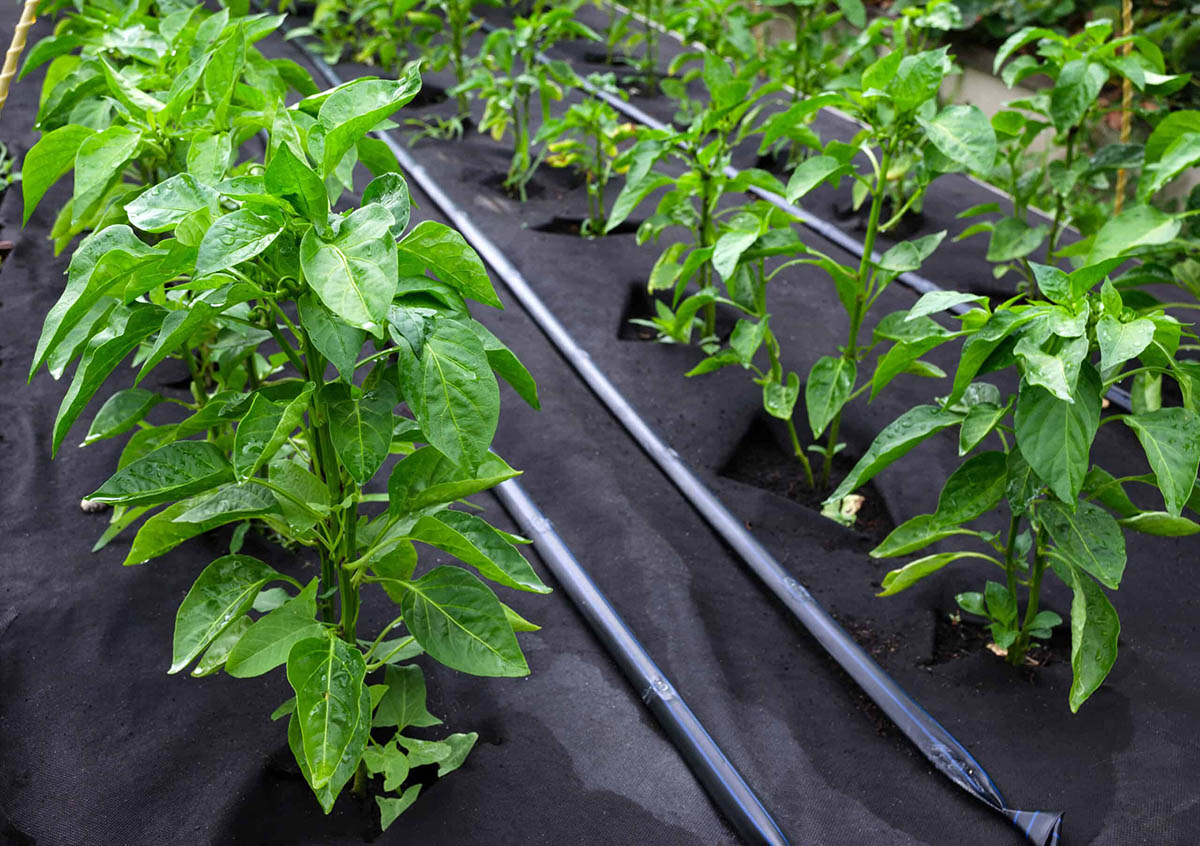

0 thoughts on “How Do Moss Spores Germinate”